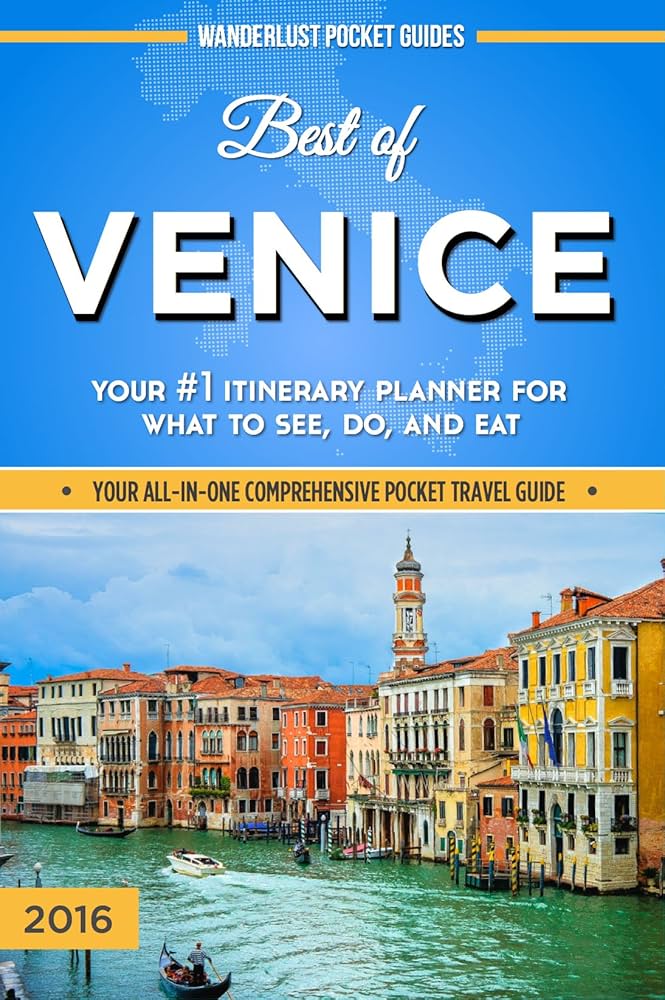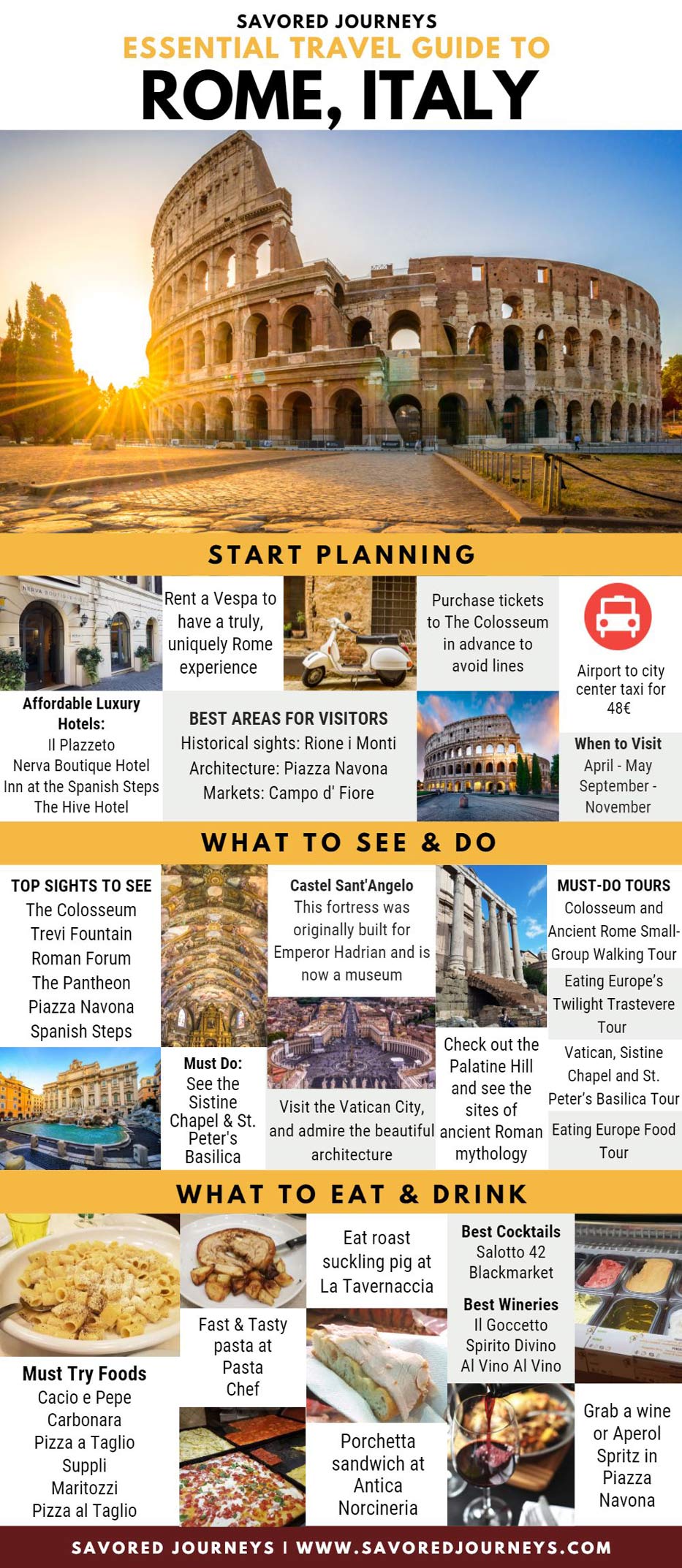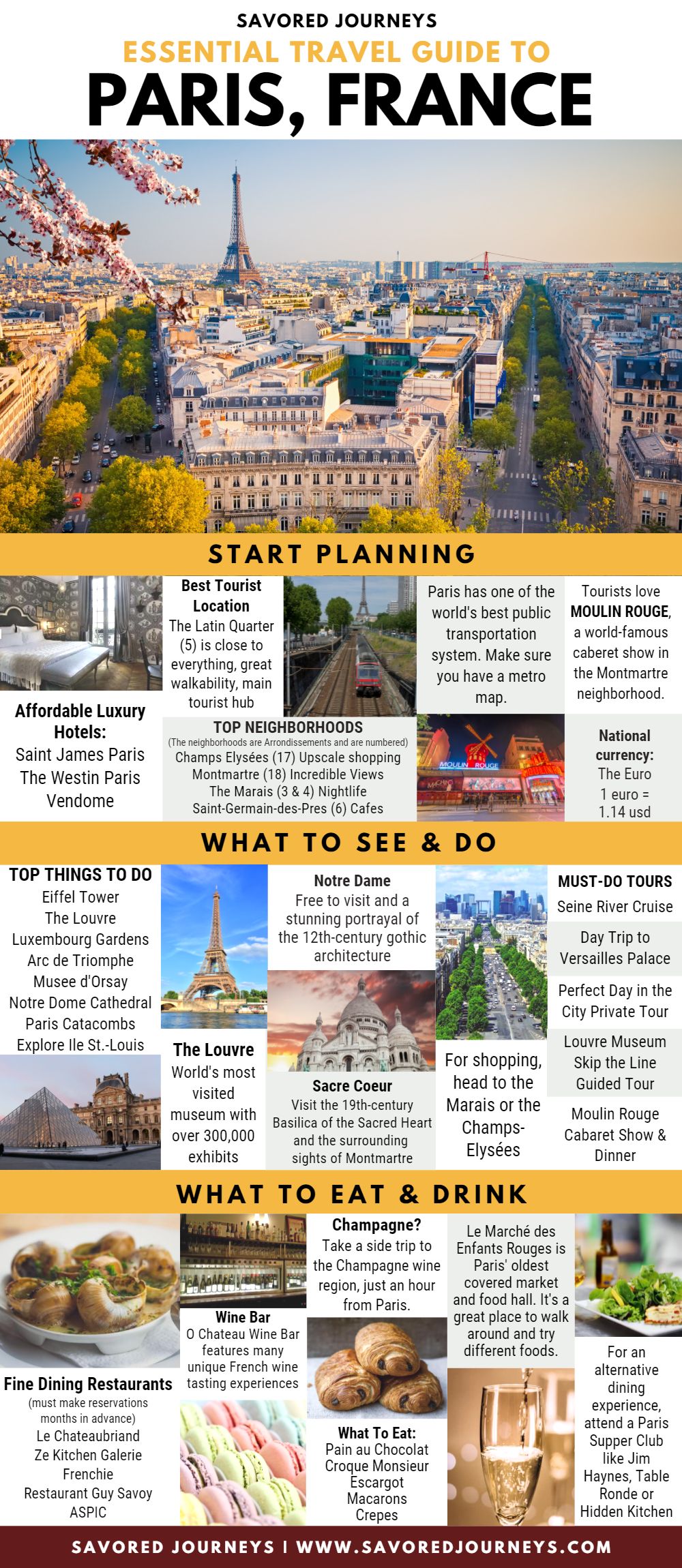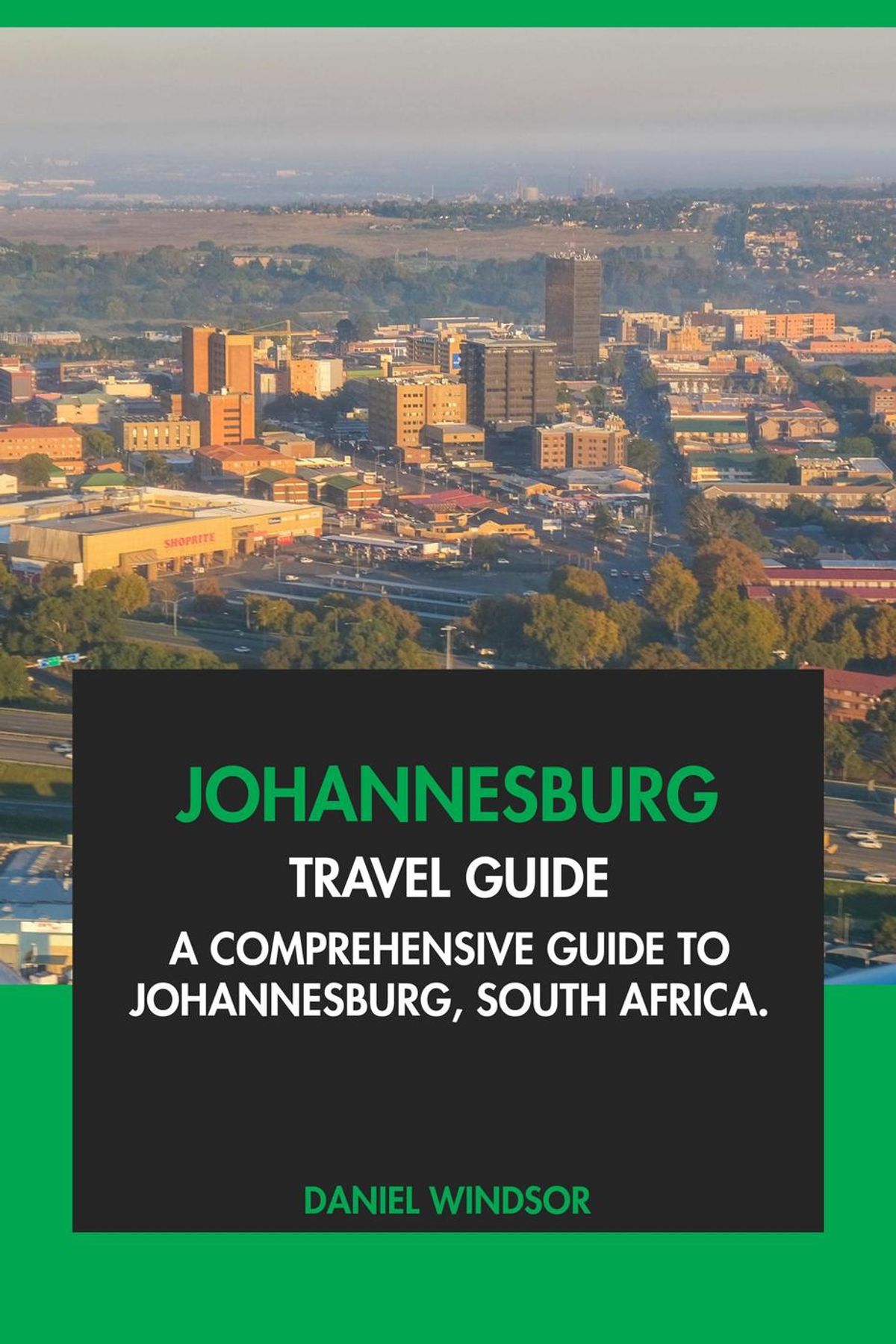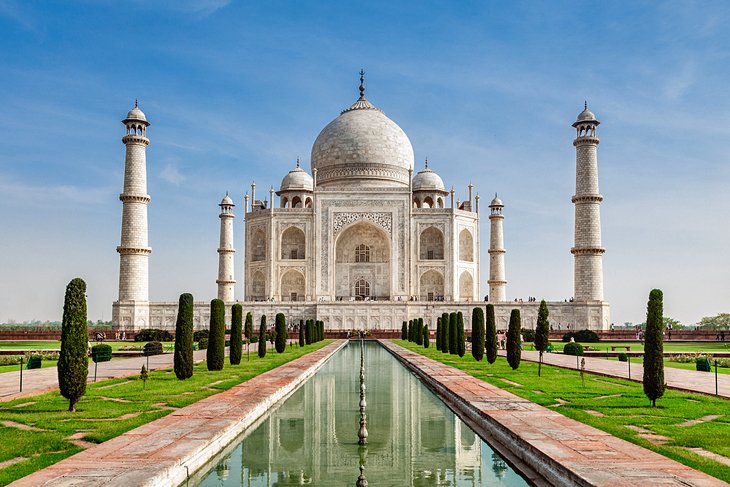
India, a land where ancient history whispers from majestic forts, vibrant cultures pulse through bustling bazaars, and breathtaking landscapes stretch from snow-capped Himalayas to sun-kissed beaches, is a destination that ignites the senses and captures the soul. For centuries, it has drawn travelers with its spiritual allure, rich heritage, and unparalleled diversity. Embarking on a journey through India is not merely a vacation; it’s an immersion into a civilization that has shaped the world, a sensory explosion of colors, aromas, and sounds that will leave an indelible mark on your memory.
This article delves into the heart of India’s most captivating tourist attractions, exploring their historical significance, the experiences they offer, and practical advice to make your adventure seamless and unforgettable.
A Glimpse into India’s Storied Past
Related Articles about India: A Tapestry of Wonders – Unveiling the Best Tourist Attractions:
- Indonesia: A Journey Through the Archipelago of Wonders
- The Great American Adventure: Your Comprehensive Travel Guide to the USA
- Unveiling the Charms of France: A Guide to the Best Tourist Attractions
- Japan: A Journey Through Tradition, Innovation, and Unforgettable Experiences
- Canada: A Tapestry of Natural Wonders and Vibrant Culture – Unveiling Its Best Tourist Attractions
India’s history is a saga of empires, migrations, and cultural fusion. From the Indus Valley Civilization, one of the world’s oldest urban cultures, to the Mauryan and Gupta empires that fostered art and science, the subcontinent has witnessed the rise and fall of numerous dynasties. The arrival of Islam brought new architectural styles and traditions, culminating in the magnificent Mughal Empire, responsible for iconic structures like the Taj Mahal. Later, British colonial rule left its own imprint, shaping modern India’s administrative and economic landscape. This layered history is evident in its architecture, its diverse languages and religions, and its intricate social fabric, making every historical site a portal to a bygone era.
The Crown Jewels: Unveiling the Main Attractions
India boasts an overwhelming array of attractions, each with its unique charm. Here are some of the most iconic and sought-after destinations:
1. The Taj Mahal, Agra (Uttar Pradesh): A Monument to Eternal Love
- History: Built by Emperor Shah Jahan in memory of his beloved wife Mumtaz Mahal, the Taj Mahal is a UNESCO World Heritage Site and one of the New Seven Wonders of the World. Its construction, spanning over two decades, involved thousands of artisans and craftsmen, resulting in a masterpiece of Mughal architecture.
- Main Attractions: The gleaming white marble mausoleum, intricately adorned with precious and semi-precious stones, is the undisputed star. The symmetrical gardens, the reflecting pool, and the surrounding minarets create a breathtaking panorama. Visiting at sunrise or sunset offers a magical experience as the marble changes hues.
- Travel Tips: Book tickets online to avoid long queues. Dress modestly out of respect for the site. Be prepared for crowds, especially during peak season.
- Best Time to Visit: October to March, when the weather is pleasant and cool.
- Nearby Hotels: Agra offers a range of accommodations from luxury heritage hotels like The Oberoi Amarvilas to budget-friendly guesthouses.
- Local Food: Agra is known for its Mughlai cuisine. Don’t miss trying Petha (a sweet made from ash gourd) and various kebabs.
- Transportation Options: Agra is well-connected by road and rail. The nearest airport is in Delhi, from where you can take a train or taxi. Within Agra, auto-rickshaws and cycle rickshaws are common.
2. The Golden Triangle: Delhi, Agra, and Jaipur (Rajasthan)
This classic tourist circuit offers a comprehensive introduction to North India’s rich history and culture.
-
Delhi: India’s bustling capital city is a fascinating blend of ancient and modern.
- Main Attractions: Red Fort, Humayun’s Tomb, Qutub Minar, Lotus Temple, India Gate, Chandni Chowk for a sensory overload of street food and shopping.
- Travel Tips: Utilize the efficient Delhi Metro for easy navigation. Be mindful of touts in crowded areas.
- Best Time to Visit: October to March.
- Nearby Hotels: Delhi has an extensive selection of hotels catering to all budgets.
- Local Food: Delhi is a food lover’s paradise, offering everything from street food like chaat and parathas to fine dining experiences.
- Transportation Options: Excellent connectivity via air, rail, and road. The Delhi Metro is a lifesaver.
-
Jaipur (Rajasthan): The Pink City
- History: Founded by Maharaja Sawai Jai Singh II in 1727, Jaipur is known for its distinctive pink architecture, a result of painting the city in terracotta pink to welcome the Prince of Wales in 1876.
- Main Attractions: Amber Fort, Hawa Mahal (Palace of Winds), City Palace, Jantar Mantar (astronomical observatory), and the vibrant bazaars for textiles, jewelry, and handicrafts.
- Travel Tips: Enjoy an elephant ride up to Amber Fort for a regal experience. Bargaining is expected in the markets.
- Best Time to Visit: October to March.
- Nearby Hotels: Jaipur offers charming heritage hotels, boutique stays, and standard hotel chains.
- Local Food: Rajasthani thali (a platter of various dishes) is a must-try. Dal Baati Churma and Gatte ki Sabzi are local specialties.
- Transportation Options: Connected by road and rail to Delhi and Agra. Jaipur has its own airport. Auto-rickshaws and taxis are readily available.
3. Varanasi (Uttar Pradesh): The Spiritual Heart of India
- History: One of the oldest continuously inhabited cities in the world, Varanasi is a sacred city for Hindus, believed to be founded by Lord Shiva. It’s a place where life and death converge on the banks of the holy Ganges River.
- Main Attractions: The ghats (riverside steps) are the soul of Varanasi. Witness the morning boat rides, the evening Aarti ceremony (a fire ritual) at Dashashwamedh Ghat, and explore the narrow lanes filled with temples and ashrams.
- Travel Tips: Dress respectfully, especially when visiting religious sites. Be mindful of the customs and traditions. Boat rides are a quintessential experience.
- Best Time to Visit: October to March. Summers can be extremely hot.
- Nearby Hotels: Varanasi offers a mix of guesthouses, ashrams, and hotels along the riverfront and in the city.
- Local Food: Varanasi is famous for its street food, particularly Malaiyo (a frothy milk-based dessert) and Banarasi Paan (a betel leaf preparation).
- Transportation Options: Varanasi has an airport and is well-connected by rail. Within the city, walking is the best way to explore the ghats, supplemented by auto-rickshaws and cycle rickshaws.
4. Rajasthan’s Royal Forts and Palaces: Beyond Jaipur
Rajasthan, the "Land of Kings," is studded with magnificent forts and palaces, each telling tales of valor and grandeur.
-
Udaipur (Rajasthan): The City of Lakes
- History: Founded by Maharana Udai Singh II, Udaipur is renowned for its romantic lakes and opulent palaces.
- Main Attractions: City Palace, Lake Pichola with its island palaces (Jag Mandir and Jag Niwas, now the Taj Lake Palace), Saheliyon Ki Bari (Garden of the Maidens).
- Travel Tips: Take a sunset boat cruise on Lake Pichola. Enjoy the puppet shows and folk dances.
- Best Time to Visit: October to March.
- Nearby Hotels: Udaipur boasts luxurious lake-facing hotels and charming heritage properties.
- Local Food: Rajasthani cuisine with a focus on Gatte ki Sabzi and Laal Maas.
- Transportation Options: Udaipur has an airport and is connected by rail and road.
-
Jodhpur (Rajasthan): The Blue City
- History: Dominated by the imposing Mehrangarh Fort, Jodhpur was once the capital of the Marwar Kingdom.
- Main Attractions: Mehrangarh Fort, Jaswant Thada (a marble cenotaph), Clock Tower, and the vibrant blue-hued old city.
- Travel Tips: Explore the winding alleys of the Blue City. Enjoy panoramic views from Mehrangarh Fort.
- Best Time to Visit: October to March.
- Nearby Hotels: A good range of hotels, including heritage properties and modern hotels.
- Local Food: Mirchi Bada and Makhaniya Lassi are popular snacks.
- Transportation Options: Jodhpur has an airport and is well-connected by rail and road.
5. Goa: Sun, Sand, and Serenity
- History: A former Portuguese colony, Goa retains a unique blend of Indian and Portuguese culture, evident in its architecture, cuisine, and way of life.
- Main Attractions: Pristine beaches like Palolem, Baga, and Anjuna; historic churches like Basilica of Bom Jesus and Se Cathedral; vibrant nightlife; water sports; and spice plantations.
- Travel Tips: Rent a scooter or motorcycle for easy exploration. Enjoy fresh seafood. Be aware of the monsoon season (June to September).
- Best Time to Visit: November to February for pleasant weather.
- Nearby Hotels: Goa offers a vast array of options from luxury resorts and boutique hotels to budget guesthouses and beach shacks.
- Local Food: Goan cuisine is known for its seafood, vindaloo, xacuti, and feni (a local spirit).
- Transportation Options: Goa has an international airport. It’s also accessible by train and bus. Taxis and rented vehicles are common.
6. Kerala: God’s Own Country
- History: Kerala has a rich history influenced by trade with the Romans, Arabs, and Europeans. Its spice trade was legendary.
- Main Attractions: Backwaters of Alleppey and Kumarakom (houseboat cruises), Munnar (tea plantations), Periyar National Park (wildlife), beaches of Varkala and Kovalam, and the cultural hub of Kochi.
- Travel Tips: Indulge in an Ayurvedic massage for rejuvenation. Enjoy the serene houseboat experience.
- Best Time to Visit: September to March for pleasant weather. The monsoon season (June to August) offers lush greenery.
- Nearby Hotels: Kerala offers eco-resorts, Ayurvedic retreats, houseboats, and hotels catering to all preferences.
- Local Food: Kerala’s cuisine is characterized by its use of coconut and spices. Appam with stew, Puttu, and seafood dishes are popular.
- Transportation Options: Kerala has three international airports. It’s well-connected by rail and road. Local transport includes buses, taxis, and auto-rickshaws.
7. Rishikesh & Haridwar (Uttarakhand): Yoga and Spirituality
- History: These towns are ancient pilgrimage sites, deeply rooted in Hindu mythology and spiritual practices. Rishikesh is known as the "Yoga Capital of the World."
- Main Attractions: Ashrams for yoga and meditation, the Ganges River, Laxman Jhula and Ram Jhula (suspension bridges), Ganga Aarti ceremonies, and trekking in the Himalayas.
- Travel Tips: Dress modestly. Participate in yoga and meditation classes. Be prepared for a spiritual and serene atmosphere.
- Best Time to Visit: March to May and September to November.
- Nearby Hotels: A wide range of ashrams offering simple accommodation to comfortable guesthouses and hotels.
- Local Food: Vegetarian food is predominant. Try the local street food and Ayurvedic dishes.
- Transportation Options: Nearest airport is Dehradun. Well-connected by train and road. Local transport includes auto-rickshaws and shared taxis.
Essential Travel Tips for India
- Visa: Ensure you have the necessary visa for India well in advance.
- Health: Consult your doctor about recommended vaccinations and malaria precautions. Carry a basic first-aid kit.
- Currency: The Indian Rupee (INR) is the official currency. ATMs are widely available, and credit cards are accepted in most hotels and larger establishments.
- Connectivity: Purchase a local SIM card for affordable mobile data and calls.
- Respect Local Customs: Dress modestly, especially when visiting religious sites. Be mindful of local traditions and social etiquette.
- Bargaining: Bargaining is common in markets and with auto-rickshaw drivers. Do so politely and with a smile.
- Water: Drink only bottled or filtered water.
- Food Safety: Eat at reputable establishments and opt for freshly cooked food.
The Best Time to Visit India
India’s vastness means the best time to visit varies by region. However, generally:
- North India (Delhi, Rajasthan, Agra): October to March offers pleasant, cool weather.
- South India (Kerala, Goa): September to March is ideal, with pleasant temperatures and less humidity.
- Himalayan Regions (Himachal Pradesh, Uttarakhand): May to June and September to October are good for trekking and pleasant weather. Avoid the monsoon months (July-August) for higher altitudes.
- Monsoon Season (June to September): While some regions experience heavy rainfall, it can be a beautiful time to visit for lush greenery, especially in Kerala and the Western Ghats.
Getting Around: Transportation Options
India offers a diverse range of transportation options to suit every budget and preference:
- Indian Railways: The lifeline of India, offering extensive connectivity across the country. Book tickets in advance, especially for popular routes and AC classes.
- Air Travel: Domestic flights are an efficient way to cover long distances. Major cities are well-connected by numerous airlines.
- Buses: A more economical option for inter-city travel, with both government and private operators.
- Taxis and Ride-Sharing: Available in most cities. Pre-paid taxis are recommended at airports. Ride-sharing apps like Uber and Ola are prevalent.
- Auto-rickshaws and Cycle Rickshaws: Ideal for short distances within cities. Always agree on the fare before starting your journey.
- Rental Cars: Available for self-drive or with a driver.
A Culinary Journey: Savoring Local Delights
Indian cuisine is a symphony of flavors, aromas, and spices, varying significantly from region to region. Beyond the mentioned specialties, explore:
- North Indian: Rich curries, tandoori dishes, parathas, and diverse vegetarian preparations.
- South Indian: Rice-based dishes, dosas, idlis, sambar, and coconut-infused curries.
- East Indian: Fish preparations, sweets like rasgulla, and mustard-based dishes.
- West Indian: Gujarati thalis, Maharashtrian street food, and Goan seafood.
From the majestic forts of Rajasthan to the serene backwaters of Kerala, India promises an unparalleled travel experience. Each attraction is a chapter in a grand narrative, waiting to be explored. Pack your bags, open your mind, and prepare to be captivated by the magic of India.




